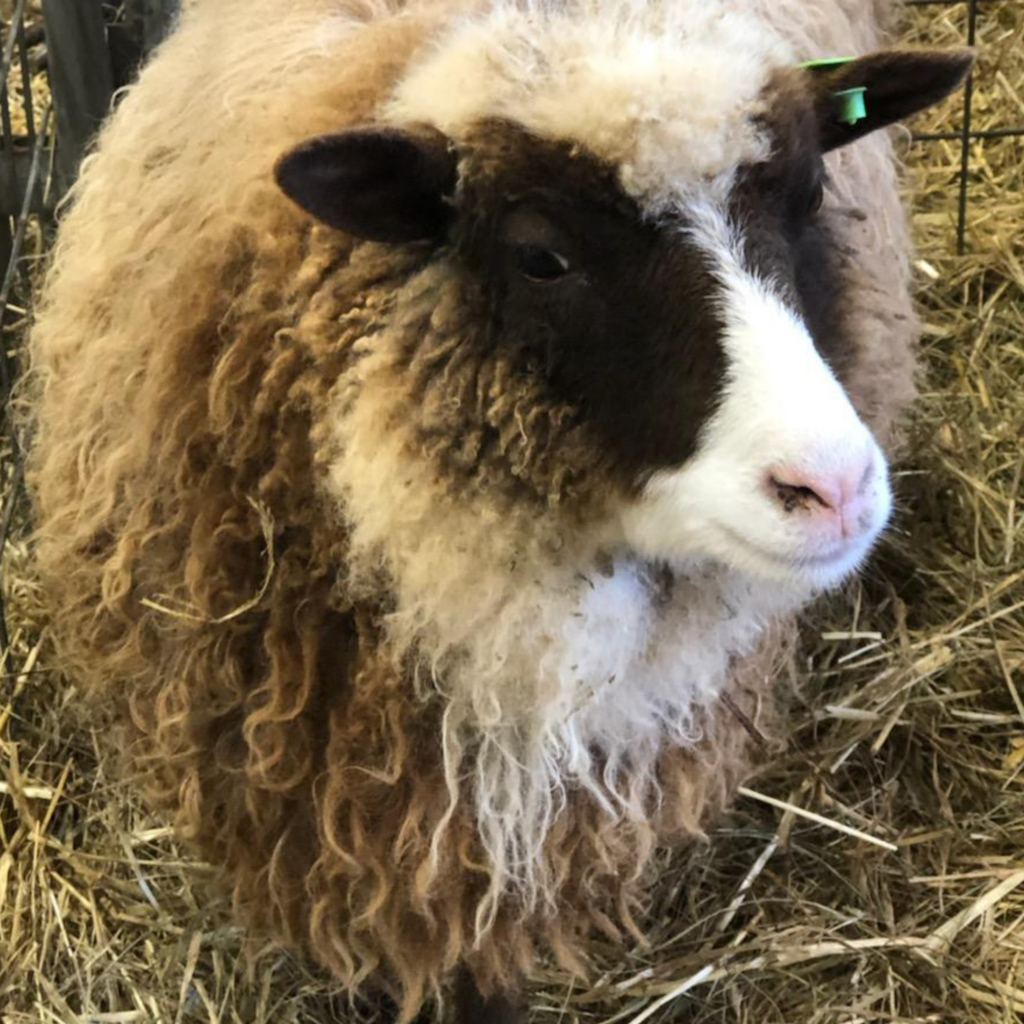
A natural fiber conundrum.
By: Corrie Habib
During a recent social media scroll, I saw a post from a fiber artist about to sell her handmade items for the first time. She was looking for suggestions about how to highlight the value of a wool garment vs. one made from synthetic fibers. There were many comments and links to PDF sheets with reasons for wool being preferential; however, what I was struck by was the fact that many modern consumers are so disconnected from the value of traditional materials. Considering that wool textile manufacturing drove the industrial revolution and impacted the entire trajectory of human experience, it seems odd that many modern consumers are unaware of the many benefits of wool and other natural fiber products.
The most common comment to the post was about how consumers are predominantly driven by price–especially at “craft fairs” and many local venues. Competitors with bright colors and a low price point from the use of synthetic fibers were frequently mentioned by more seasoned fiber artists as “reasons-why-I-don’t-sell-at-fairs-anymore.” One commenter said that she felt like synthetic fibers are the main reason why many people don’t recognize the value of handmade items made with natural fibers–they don’t understand that the pilling, sagging, stiffness, scratchiness, lack of breathability, and other negative qualities are not inherent in the handmade nature of the item and may be simply due to the acrylic, polyester, or nylon fibers used in its construction.
Then a commenter remarked on how frustrating it is to see “handknit” items (clearly mass-produced) made from 100% man-made materials selling for hundreds of dollars in certain higher-end chain stores. She linked a photo of a boxy chunky knit sweater selling for at least double what she could hope to sell it for and lamented that it was made from loosely spun super-bulky acrylic yarn with machine-sewn seams…hardly the quality yarn or finishing techniques that a fiber artist would use! How, she wondered, is there such a market for handmade-lookalike goods at that price point in the retail shop but a dearth of buyers at many shows/fairs/markets?
After reaching the end of the comments section, there was a lot of food for thought but no real solutions to the original question. How do we artists convey the value of our items to the market, especially if we are using higher quality and/or more ethical raw materials? Some pointed the finger at artists who sell their work at low prices that compete with mass-produced items, claiming that such pricing de-values handmade goods–which elicited heated responses by those who said that they were simply happy to get some money to support their creativity. Others remarked that there does seem to be a subtle but growing interest in natural fibers because more people are learning about microplastic pollution and the need to move away from fossil fuels. {Every synthetic fiber sheds microplastics when they are washed…Patagonia brand research has shown some fleece-type fabrics can produce 250,000 or more.}
What do you think about natural vs. synthetic fibers?
